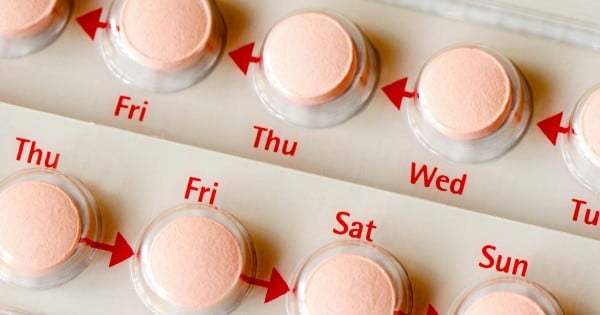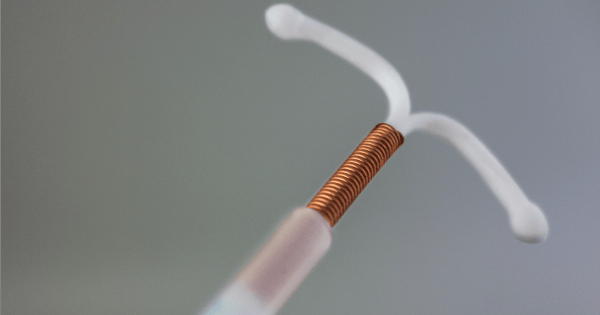

I remember looking forward to Year 9 for two reasons: 1) After having endured two-years of single-sex education, it was the first time we actually got to interact with boys, albeit in the form of set dances (gross). And 2) It was the first time we got to learn about sex ed.
More than a decade later, I’m embarrassed to say there’s one aspect of my sex education I don’t remember – contraception. Having just come off the pill after suffering from bad mood swings, I found myself wondering what other options were out there.
What I really needed was a refresher in Contraception 101.
Figuring I wasn’t alone in this conundrum, I spoke to Dr Deborah Bateson from Family Planning NSW to lay out all the different contraceptive options available to both men and women, as well as how contraceptive use is impacted by our age and our relationship status.





